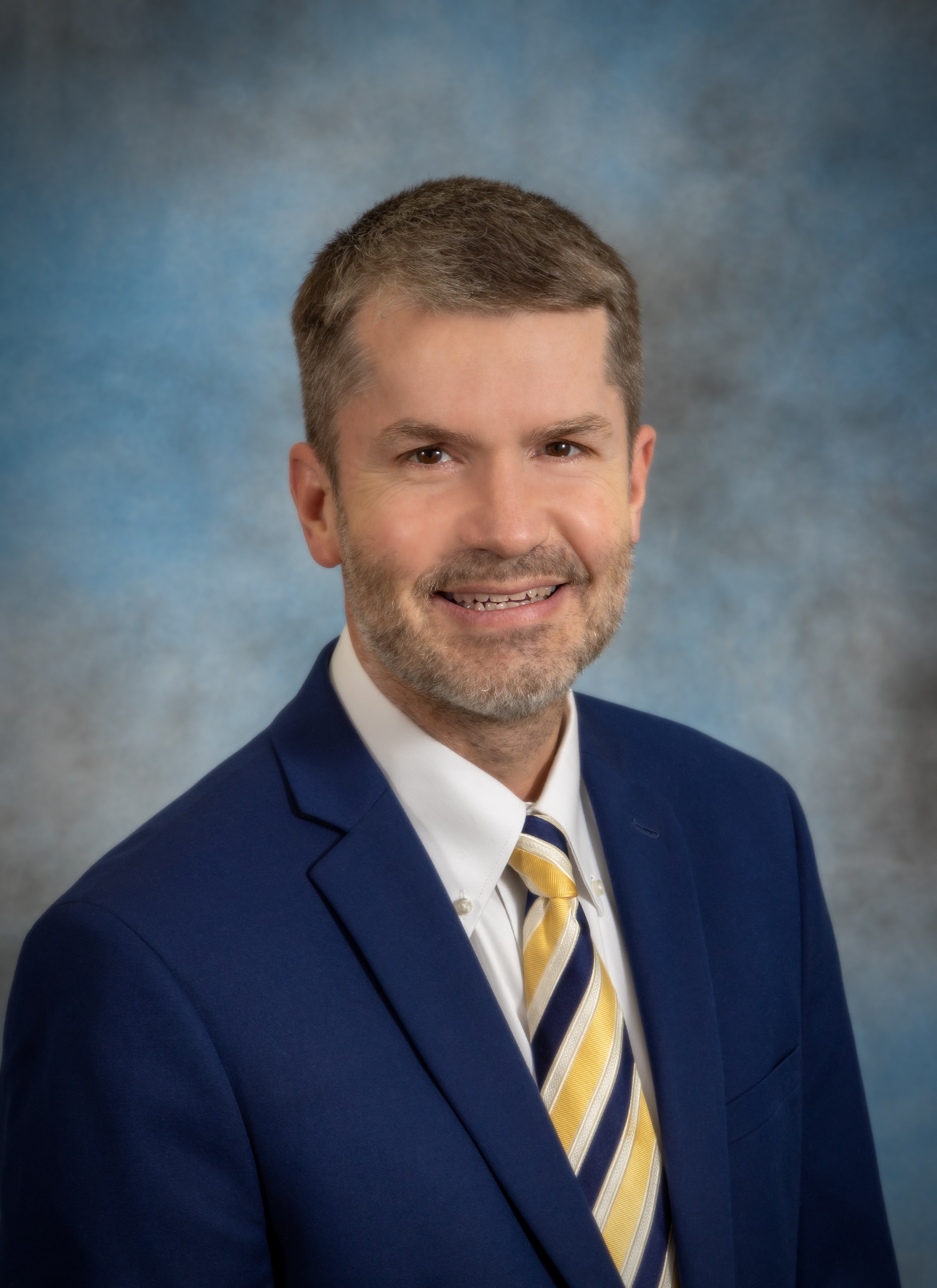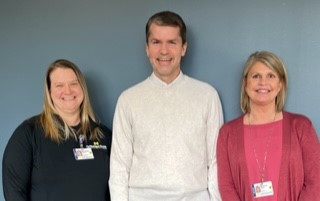
Forward to a friend |
Subscribe | The Record Archive | Contacts | bcbsm.com | Print this article
|
May 2023
MyMichigan Family Practice Center: Building a high-functioning teamThis is the second article in a series highlighting some top performers in the Patient-Centered Medical Home Designation Program.  Dr. Sasha Savage When Sasha Savage, M.D., attended a conference on the Patient-Centered Medical Home model, held in Savannah, Georgia, in 2008, he was intrigued and impressed. He networked with the presenters to gather additional information, then headed home to think about how he could begin implementing the PCMH model in his own practice. “This represented a completely different perspective on care delivery,” said Dr. Savage, who practices at MyMichigan Family Practice Center in Midland, part of University of Michigan Health. “I recognized we had a huge opportunity to improve performance by implementing the PCMH model.” PCMH uses a team-based approach to provide efficient, cost-effective care that’s centered around the patient. The goal is to help prevent disease, reduce hospitalizations and emergency department visits, track patient care and better manage common and chronic medical conditions to ensure patients are getting the right care at the right time in the right setting. Becoming a PCMH practice Dr. Savage’s first task after attending the conference was to reach out to his employed physician group, MyMichigan Medical Group, to get performance data. He and his colleagues analyzed the data to determine opportunities for improvement and establish initiatives. He then built a business model and worked with the health system executives and providers in the practice to get their buy-in to move forward. Educating providers and staff about PCMH was a key element of implementation, along with support from Blue Cross Blue Shield of Michigan. Next, he set about building an effective care team. “At our practice, all team members have the innate ability to perform and participate in all practice initiatives,” said Dr. Savage. “All team members are considered equal and important to success in improving patient outcomes. All staff are engaged in discussions around improvement. The supervisory team’s role is to remove barriers that hold people back.” Today, in addition to physicians and other key staff members, the practice includes a behavioral health care manager, chronic care manager, pharmacist and a community health worker. Building and maintaining a successful team The practice also serves as a training facility for 24 resident physicians per year. Eight faculty attending physicians oversee and advise the residents. “Each faculty provider advises two to four residents,” explained Bonnie Khabir, the practice manager. “Faculty don’t use hospitalists. They make rounds on patients in the hospital to facilitate transitions of care.” Khabir added that residents come to the clinic every day and are critiqued on patient engagement and clinical matters. They also participate in quality improvement projects as part of their training. The practice sends out a Quality Corner email each month and maintains a Quality Book that contains the data and reports the staff uses to close gaps in care. Staff is encouraged to regularly review the book and to reach out to patients to ensure they receive timely services.  Dr. Savage stands “A focus of residency training in this practice is how to develop a highly efficient and effective team,” said Khabir. “The practice has a scheduling coordinator who assists with transitioning patients as the resident rotates out of the practice to ensure smooth transition to a new provider.” According to Meranda Collins, R.N. supervisor, ongoing education is another factor contributing to the success of the practice. “All staff are coached one-on-one as needed, with a focus on educational opportunities for everyone.” This approach has led to the development of a high-functioning team. “We work to support our staff to prevent burnout and dissatisfaction,” Dr. Savage said. He added that the staff recently received training in improving the provider-patient relationships and how to cope with challenging behavior. Following are some other processes that have been initiated to encourage team building:
Asked if he had any advice for other practices that want to build a high-functioning team that creates a good patient experience, Dr. Savage replied, “Build a culture of excellence, engage staff and ensure that all team members feel valued and important. If you want to go fast, go alone, but if you want to succeed, build a team.” |
|
No portion of this publication may be copied without the express written permission of Blue Cross Blue Shield of Michigan, except that BCBSM participating health care providers may make copies for their personal use. In no event may any portion of this publication be copied or reprinted and used for commercial purposes by any party other than BCBSM.
|